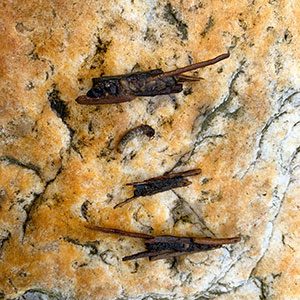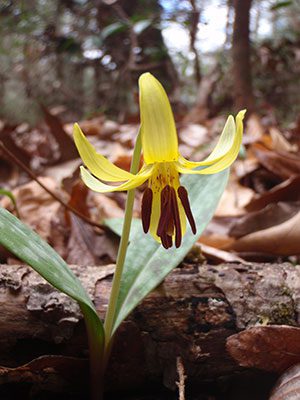Over the years of teaching fly fishing classes, our entomology portion is one of the most exciting parts of the class. During this section, we grab a seine net and head out into the water to kick up bugs. After we have gathered a good sample, we pull up the net and begin identifying the different bugs that have accumulated in the net. Everyone seems so surprised to see the prolific number of bugs that we have gathered out of the stream. I think that it’s at this point that our students put together that the flies we use at the end of our line match the bug life in the stream. Of course, you can have “junk flies” in your fly box, but matching the hatch can sometimes be the only way to outsmart the trout that has seen it all.


There are several hatch books that can show you the life cycle of the bug and which fly represents it. Dave Whitlock and Doug Swisher/Carl Richards have fantastic books that dive into this subject more and make it easier for folks to understand. Some entomology books can get pretty intense. I highly recommend that you check out local or regional “match the hatch” books too.
We have a hatch chart on our website for North Georgia. David developed this chart after spending many years guiding on these waters. I would carry a little hatch book with me in my fly vest or pack to help me identify bugs when getting started fly fishing especially if this helped me to catch the elusive trout.
Give David and Becky Hulsey a call at (770) 639-4001 to book a class or a guided trout trip. See his website at www.hulseyflyfishing.com.
